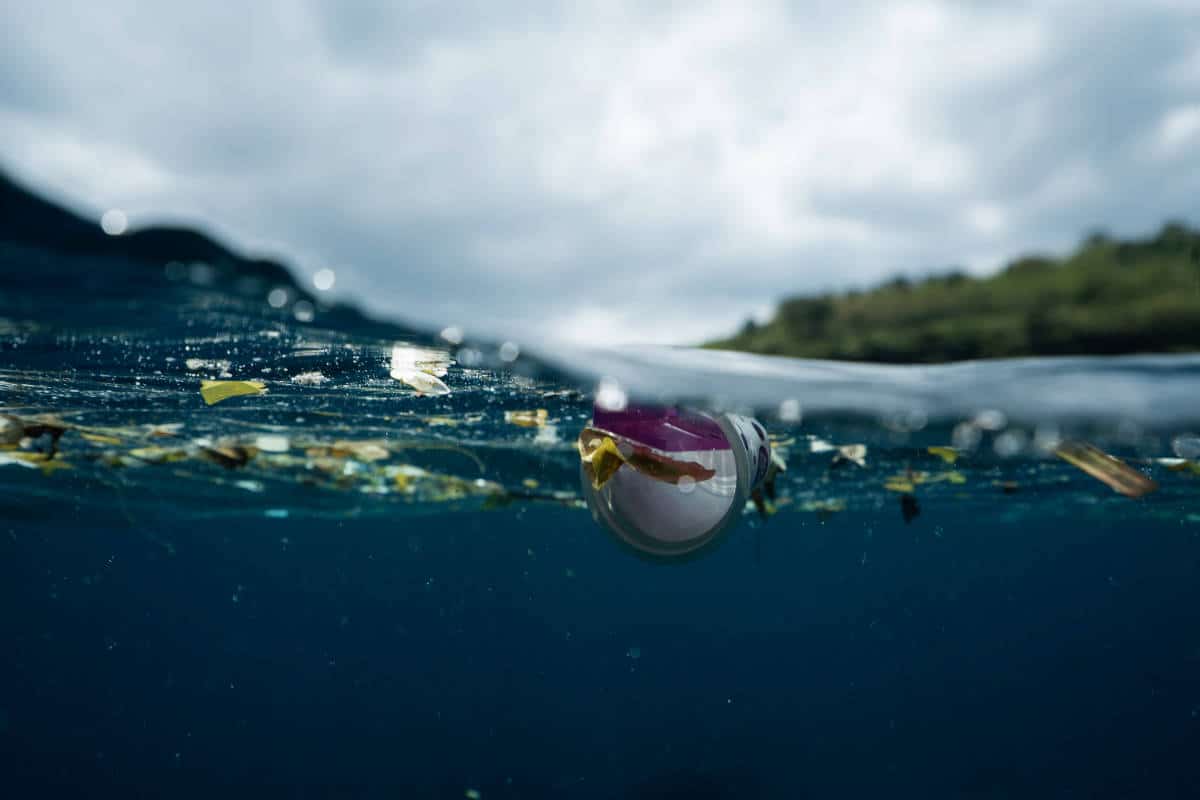
It’s thanks to… plastic!
Coastal animals have found a remarkable way to survive in the open ocean, colonizing floating plastic debris and then bobbing along hundreds of miles offshore. That’s the finding of researchers in a new study. “The problems of plastic go beyond ingestion and entanglement,” said researcher Linsey Haram. “It creates opportunities for coastal species that are now getting much further than we thought possible.”
Plastic soup in the North Pacific
There are ring-shaped sea currents in the oceans. And plastic can get trapped in those ring-shaped ocean currents. Over the years, this creates an accumulation of waste: a plastic soup (also known as a floating garbage dump). Although the world is home to at least five such floating garbage dumps, by far the best known is in the northern part of the Pacific Ocean. This floating garbage dump contains the most floating plastic of all: about 79,000 tons spread over an area of more than 1.5 million square kilometers. Much of the waste consists of microplastics that are too small to be seen with the naked eye. But in this floating garbage dump you will also find discarded fishing nets, buoys and bottles.
coastal animals
Researchers have now discovered that several coastal animals have colonized the large floating garbage dump in the North Pacific. Analysis shows that many small coastal species, including anemones and shrimp-like flakes, not only survive on the waste, but also really thrive on it. It seems that the coastal creatures ended up on floating pieces of plastic, drifted out into the open sea and have now named the ‘plastic rafts’ their new home. A remarkable discovery. “Until now, the open ocean has not been habitable for coastal organisms,” said researcher Greg Ruiz. “Partly because of a lack of ‘housing space’ – there was no plastic there in the past – and partly, at least that’s what we thought, because it’s a food desert.”

A piece of floating waste colonized by coastal animals. Image: Smithsonian Institution
The new discovery now shows that apparently both ideas don’t always hold. Plastic provides habitat. And somehow the coastal animals find food. According to Ruiz, it is still speculation how they will achieve this. They may find that around them, or maybe the plastic itself acts as a kind of reef that attracts food sources.
Ecosystem
A pressing question is to what extent the bobbing coastal animals disturb the millennia-long ocean ecosystem. The open ocean is home to many native species, which also colonize floating debris. And the arrival of new neighbors could disrupt the ocean ecosystem, the researchers say. “Coastal species now compete directly with oceanic species,” Haram explains. “They compete for the same space and resources. And those interactions are still very poorly understood.”
Invasive Species
And then there’s the threat of invasive species. Scientists have already observed something similar with Japanese tsunami debris transporting organisms from Japan to North America. It means that coastal animals can invade new coastlines, with dire consequences for the local ecosystem. “It’s not just about urban coastlines, but also remote or protected regions,” says Ruiz. “Think Hawaiian Islands, National Parks, and Marine Protected Areas.”
Neopelagic Communities
The researchers plan to further study the “neopelagic” communities, as the vagrant coastal creatures have been called (“neo” means new and “pelagic” refers to the open ocean). At the moment we don’t know exactly how many such communities there are, whether the animals are indeed able to sustain themselves successfully over the long term and whether they also occur in the area outside the North Pacific.
We do know that the problem will probably not be solved quickly. For example, the amount of plastic pollution will unfortunately continue to increase, possibly even reaching more than 25 billion tons by 2050. In addition, thanks to climate change, we can expect stronger and more frequent storms, which will also lead to more plastic waste ending up in the sea. It means that the number of coastal critters in the open sea is likely to continue to grow. This long-overlooked side effect of plastic pollution may change life on land and in the sea, the researchers say.
Source material:
“Ocean plastic is creating new communities of life on the high seas– Smithsonian (via EurekAlert)
Image at the top of this article: 7inchs via Pexels